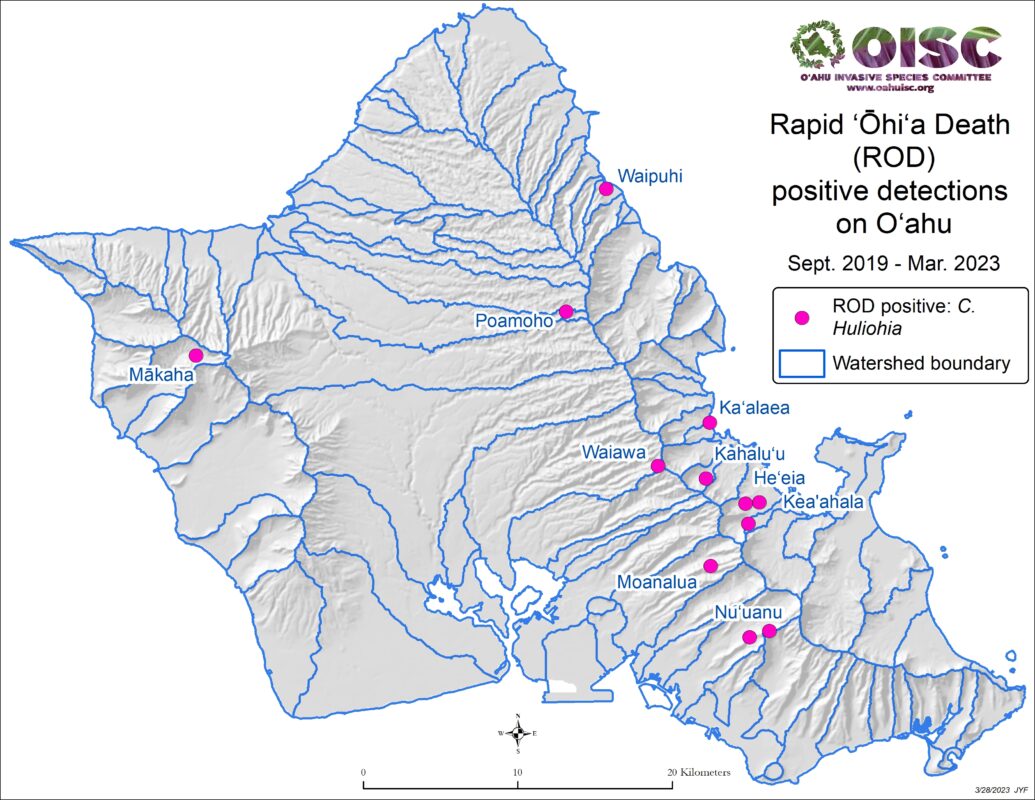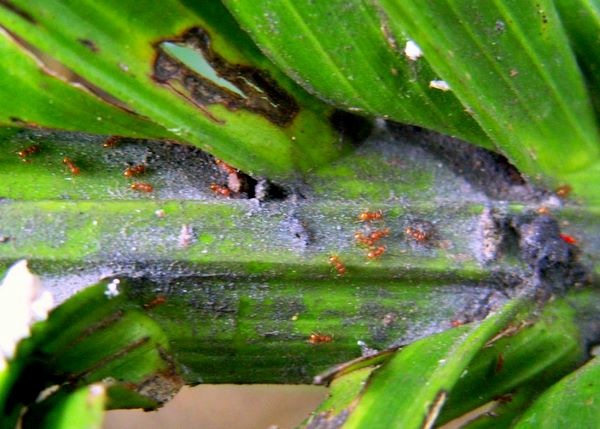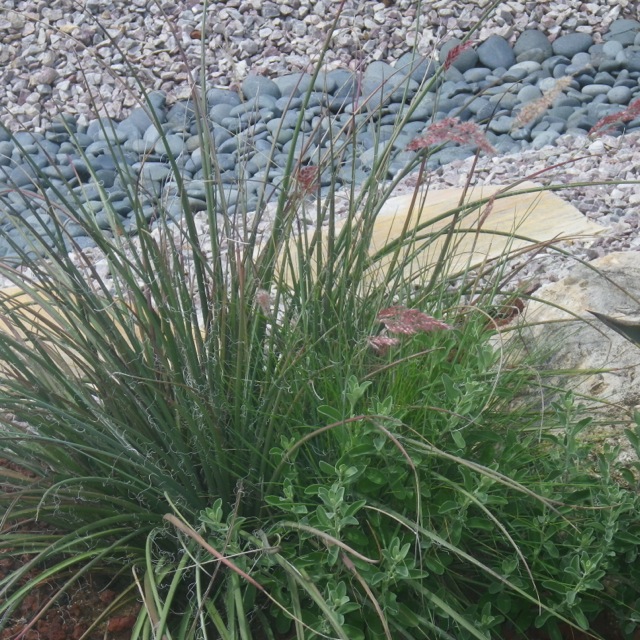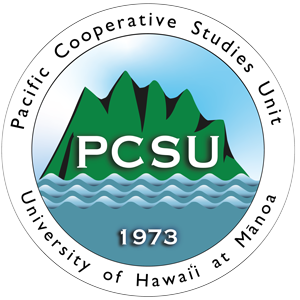Keep up-to-date about ROD on Oahu and learn what you can do to stop ROD from spreading.
Uncategorized
LITTLE FIRE ANT FOUND AT 2 MORE WINDWARD OAHU LOCATIONS
LFA found on about 14 acres at Kualoa Ranch and at 6 properties in Lanikai…treatments are underway!
Aggresive ROD Fungus Confirmed on Kaua‘i
JOINT NEWS RELEASE FOR IMMEDIATE RELEASE December 21, 2018 DEPARTMENT OF LAND AND NATURAL RESOURCES DAVID Y. IGE: GOVERNOR SUZANNE…
Read More
State Budget Hearing: March 29th
The state budget bill is up for hearing on Wednesday March 29th. Please consider writing a letter to support the…
Read More
HISC Awards Recognize Local Heroes in the Fight Against Invasive Species
The 5th Annual HISC Awards recognize those citizens that go above and beyond…
Ruby Grass
(Melinis nerviglumis)





